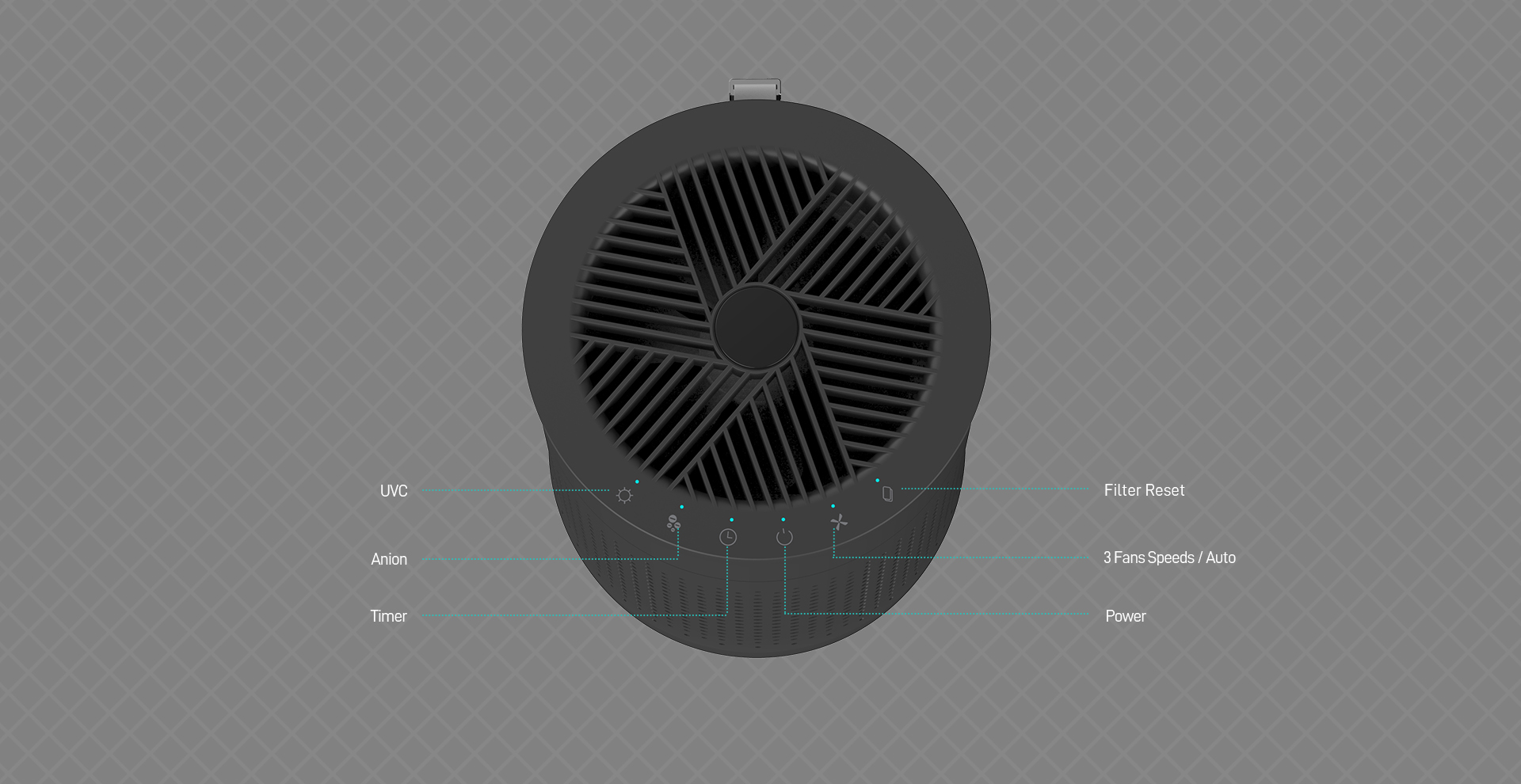With the increasing demand for cleaner indoor air, air purifiers with UV-C technology have gained popularity. These devices are designed to improve air quality by using ultraviolet light to eliminate harmful pathogens and allergens. However, concerns about the safety of UV-C technology in air purifiers have also surfaced. In this comprehensive article, we will delve into the safety aspects of air purifiers with UV-C, addressing potential health risks, regulatory standards, usage guidelines, and more.
Understanding UV-C Technology
UV-C light, a type of ultraviolet light with a wavelength range of 200 to 280 nanometers, is utilized in air purifiers to destroy the genetic material of microorganisms, rendering them harmless. This technology works by disrupting the DNA and RNA of bacteria, viruses, and mold, effectively neutralizing their ability to reproduce. The benefits of UV-C in air purifiers include its ability to provide an added layer of protection against airborne pollutants, especially in enclosed spaces.
Safety Concerns
While UV-C technology offers promising benefits, concerns about potential health risks associated with UV-C exposure have been raised. Prolonged direct exposure to UV-C light can cause skin and eye irritation, and in some cases, may lead to long-term damage. However, when integrated into air purifiers, UV-C light is contained within the device, minimizing the risk of exposure to humans and pets. Research findings on UV-C safety in air purifiers have indicated that when used as intended and in compliance with safety guidelines, the risk of harm to individuals is minimal.
Measures to Ensure Safety
Regulatory standards for UV-C air purifiers have been established to ensure the safety and effectiveness of these devices. When purchasing an air purifier with UV-C technology, it is crucial to look for certifications from reputable organizations that verify the product's compliance with safety and performance standards. Additionally, following proper usage guidelines and maintenance recommendations is essential in maximizing the safety and longevity of UV-C air purifiers. Regular cleaning and replacement of UV-C bulbs, as well as ensuring adequate ventilation during operation, are key measures to uphold safety standards.
User Experience and Recommendations
Feedback from individuals using UV-C air purifiers has been generally positive, with many noting significant improvements in indoor air quality and reduced instances of respiratory issues. Expert recommendations emphasize the importance of selecting a reputable air purifier manufacturer with a proven track record in UV-C technology. Furthermore, users are advised to carefully read and adhere to the manufacturer's instructions for safe and effective use of UV-C air purifiers, including recommended exposure times and precautions to minimize potential risks.
Wholesale high-quality UVC Car Air Purifiers
If you want to get high-quality UVC Car Air Purifiers, you might as well try leking. As a professional UVC Car Air Purifiers manufacturer, leking can provide you with high-quality products and services. If you still have questions about UVC Car Air Purifiers after reading this, please contact us for detailed ordering information and services!
Conclusion
In conclusion, air purifiers with UV-C technology can be a valuable addition to indoor air quality management, providing an extra layer of defense against airborne contaminants. By understanding the technology, acknowledging safety concerns, and following recommended measures, individuals can confidently utilize UV-C air purifiers to create a healthier indoor environment. As advancements in UV-C technology continue to evolve, it is imperative to stay informed about the latest safety standards and best practices for integrating UV-C air purifiers into daily living.




